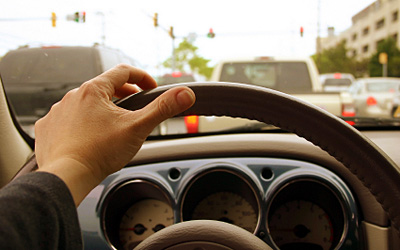Failure to Yield for Emergency Vehicles
Laws govern which vehicle has the right of way, but drivers should always be prepared to yield. Some basic rules apply. Always yield to police cars, fire engines and ambulances when they are giving warning signs, such as flashing sirens and lights.
A driver is guilty of a point violation if he fails to yield the right of way to any authorized vehicle when it is operated on official business in response to an emergency call, or in the pursuant of an actual or suspected violation of the law. In order for a violation to occur, the emergency vehicle must give an audible signal, and the emergency vehicle must be equipped with at least one red light visible from at least 500 feet. The fines are $202. Moreover, a driver will be assessed two points.
Pulling Over and Stopping For Emergency Vehicles
New Jersey law requires all motorists to yield to emergency vehicles sounding sirens or flashing red and/or blue emergency lights. Steer to the extreme right of the roadway and stop. Wait for the emergency vehicle to pass. After, keep at least 300 feet behind an emergency vehicle responding to an emergency call.
Police cars, fire trucks and ambulances have sirens and red and/or blue emergency lights. Private vehicles operated by volunteer fire and rescue squad members (with emergency vehicle identification) responding to an emergency call use blue lights. Do not park within 200 feet of a fire department vehicle in service. Never drive over a fire hose unless directed to do so by a fire, emergency rescue or police official.





